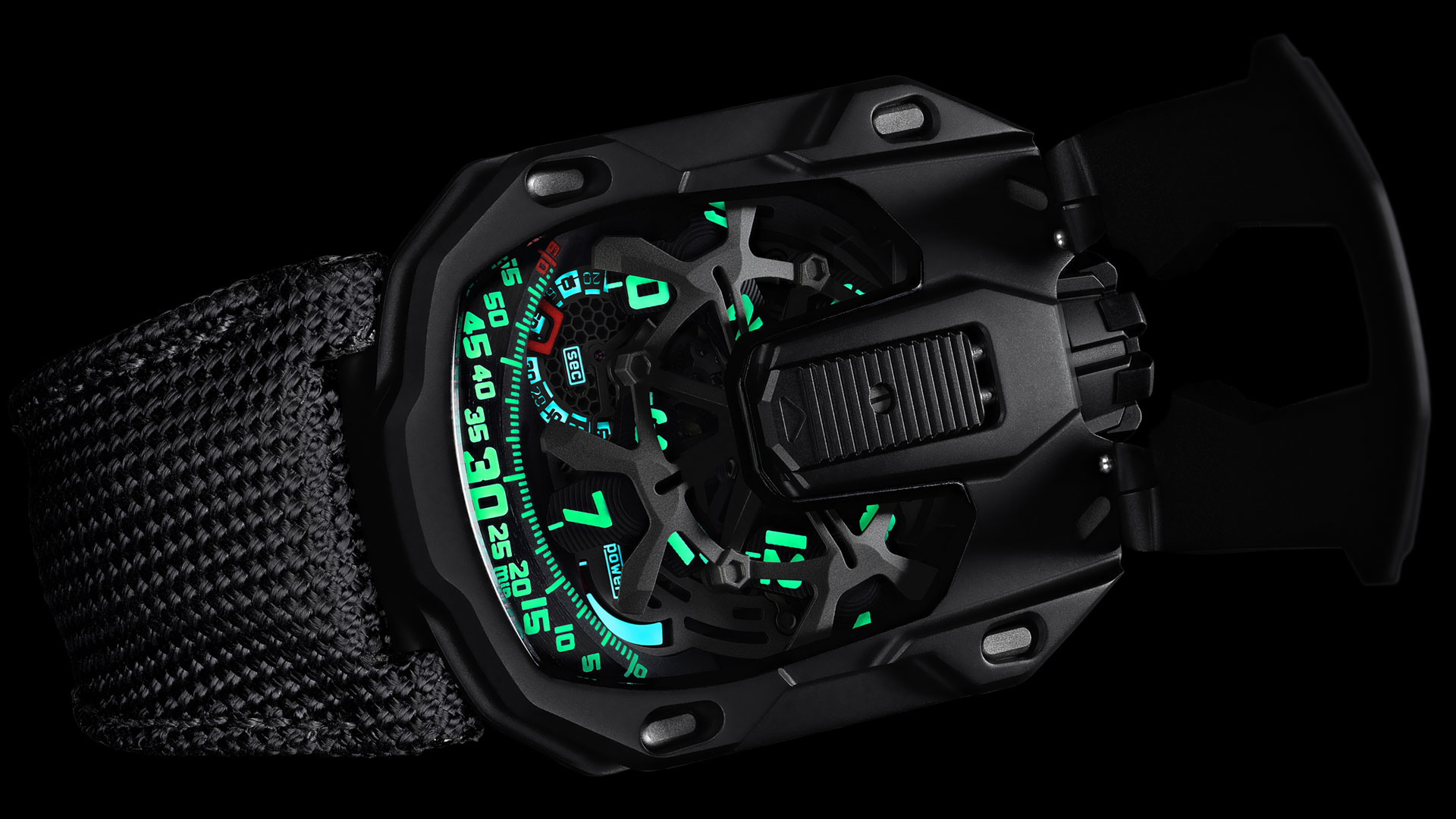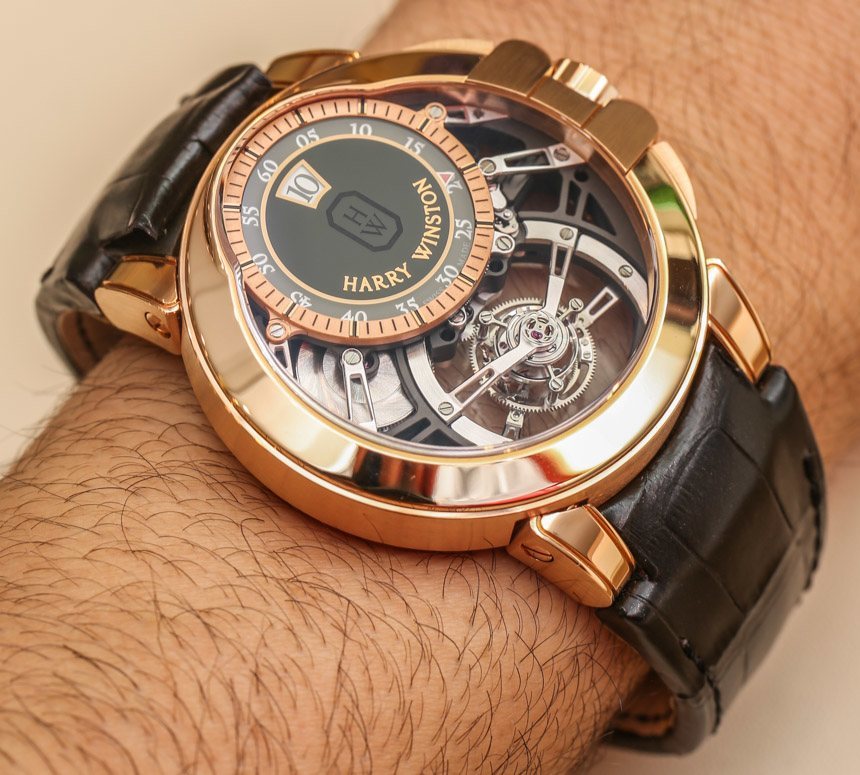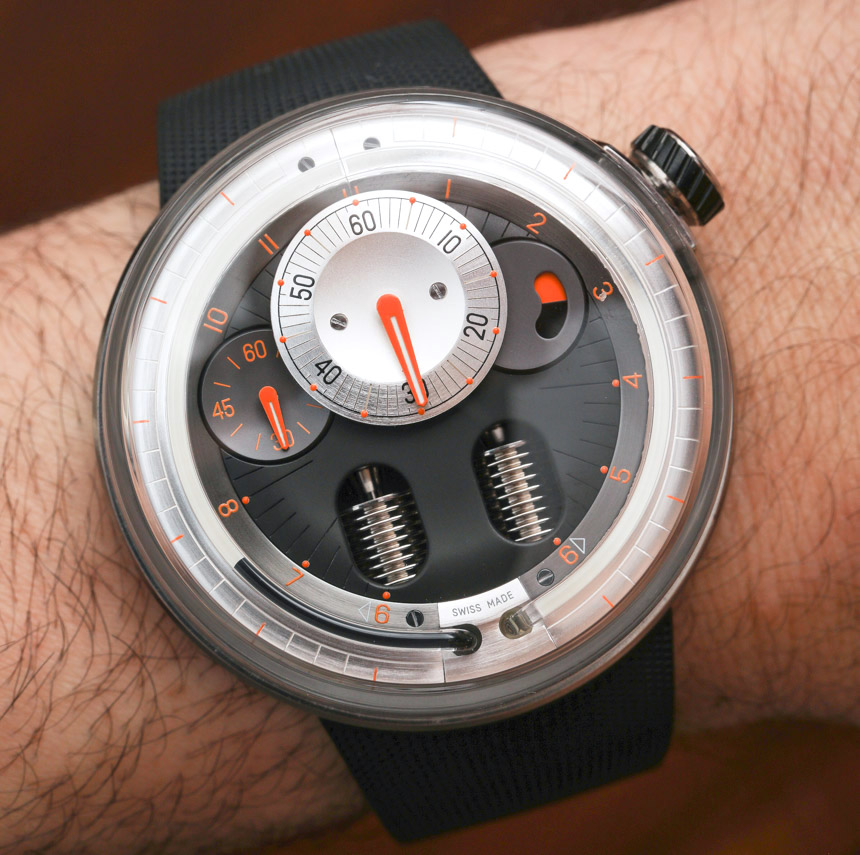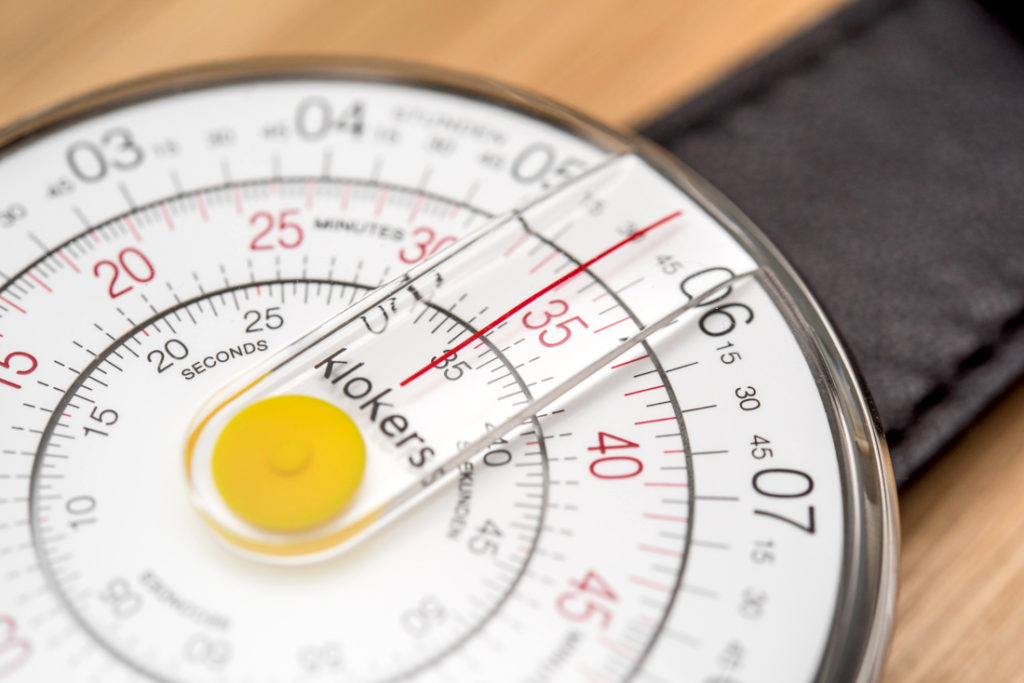
Take a look at your wrist and, chances are, the way you’re reading the time is the same way humans have been doing this simple act over the past five centuries: looking at circular dial with hour markers along the periphery, hands sweeping out from the center indicating hours, minutes, and likely seconds. Sure, we might find slight variations on the theme in terms of a sub-seconds register, 24-hour dial, jump hour (where hours are displayed digitally), or regulator (where the hour is displayed in its own register), but generally speaking, most modern watches rely on the same basic format for reading time.

Hop in a time machine and travel back a few hundred years, and the locals could easily read the time on your watch. Travel back further, say 3,000 years, and I’d argue that the townsfolk used to telling time on sundials could parse out how to read your watch pretty quickly. I’m no psychologist, but it’s hard not to think that this circular format, displaying the smooth sweep of time throughout the day (just as the sun, moon, and stars sweep across the sky), appeals to something deeply rooted in our neurobiology. And hey, if it works, why mess with it? For the same reason we humans do most things: not because we need to, but because we can!

Though the way in which we tell time has remained relatively unchanged over the centuries, that’s not to say there haven’t been some major revolutions in time-telling. Digital displays on watches, ultimately deriving from Joseph Pallweber’s jump-hour pocket watch unveiled in 1883, were certainly a major departure. A century later, Pallweber’s design took on new life as digital quartz watches with LCD displays became nearly ubiquitous — accurate, cheap, easy to read, and nearly indestructible, an appealing formula. The popularity of Casio G-Shocks, fitness watches, and (dare I say) smartwatches speaks to the lasting influence of digital time-telling.

So, what will be the next major revolution in time-telling? Hard to say, but the watches below provide some fascinating examples of what’s possible outside the traditional modes of telling time.

HYT H0
HYT takes the concept of the fluidity of time quite literally. While the central minutes display and sub-seconds register at 9 o’clock are traditional, circular motifs, the hours display is where things truly get interesting. HYT utilizes a highly-modified mechanical movement to power two baffles that control the passage of fluid through a capillary running along the periphery of the dial. The position of the fluid acts as an hour display indicator, resulting in a watch that is at once familiar and legible, but visually fascinating. There’s little in the way of subtlety with the HYT H0, coming in at 48.8mm, and nearly 18mm-thick, but the watch remains surprisingly wearable (see the full review here). It’s priced at $39,000 and you can learn more here.

Klokers K-01
Klokers, which first debuted on Kickstarter back in 2016, described the KLOK-01 and 02 as “machines to travel through time.” Not a bad description, considering the watches are reminiscent of a slide rule from the 1950s. Though I personally couldn’t use a slide rule to save my life, reading time on the KLOK-01 is surprisingly easy. Direct your eyes along the 12 o’clock axis, and three rotating rings move to display the time; hours are shown along the top ring, minutes on the central ring, and the seconds along the inner-most ring. Besides being visually interesting (especially to those nostalgic for the days before calculators), reading the time is quite easy since your eyes need only travel down a single axis rather than search across a two-dimensional surface for each hand. The Klokers K-01 is powered by a Swiss quartz movement and measures 44mm, but the size is tempered by a lugless design. Prices start at €438; you can read our full review here and visit Kloker’s website here.
